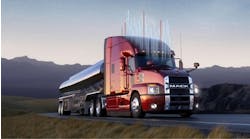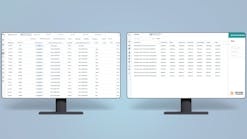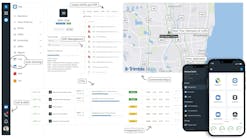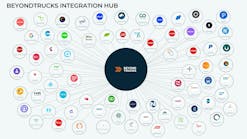The CrowdStrike outage highlighted the vulnerabilities of digitalization across the global economy. For trucking companies, whose most important digital assets include their transportation management systems, the blackout underscores the importance of a resilient TMS deployment.
When ensuring a fleet’s TMS deployment is as secure as possible, one important choice is whether to host the software on-premise or in the cloud. On-premise might be the more expensive, customizable option—but it isn’t necessarily the best for insulating a business from outages like CrowdStrike’s.
A similar choice lies in choosing between single-tenant and multi-tenant architectures. Again, single-tenant is pricey and highly customizable—but that extra cost isn’t always paying for quicker disaster recovery.
Challenges for on-premise and single-tenant architectures
When compared to cloud-based software deployments, on-premise software might be attractive for its customizability—but it comes at the cost of disaster response agility.
“I think what is interesting to see is that the institutions that are affected by [the CrowdStrike outage] are airlines, governments, and big hospitals,” Hans Galland, CEO and founder of BeyondTrucks, told FleetOwner. “These are typically institutions that run their software in on-premise service.”
With on-premise solutions, the software is installed and run on a company’s own hardware infrastructure. This allows the company more direct control over the exact type of hardware, its location, its software, and its data. This is significantly more expensive than cloud-based deployments but comes with greater control and customizability.
Larger businesses that choose on-premise solutions tend to do so for the security, reliability, and efficiency of an independent solution. Third-party cloud hosts like Azure might inflict several service outages every month, bringing serious losses for the business.
“A lot of fleets, and usually the largest fleets, still have an on-premise system,” Galland said. “I would say 80% of fleets with 100 drivers or more either use private cloud or on-premise. It’s very significant.”
However, on-premise deployments may have a much harder time competing with the maintenance and disaster recovery efficiencies offered by cloud deployments. On-premise deployments might only have a single IT person manually updating each machine. Cloud providers, able to afford larger dedicated maintenance staff, generally have greater agility in responding to quick patches or updates. When a cybersecurity company suddenly breaks 8.5 million Windows computers, greater agility can make a significant difference.
The CrowdStrike outage shows similar tradeoffs for fleets choosing between single-tenant and multi-tenant software deployments. Single-tenant architecture hosts a software application and supporting infrastructure for a single customer. Multi-tenant architecture, by contrast, hosts multiple customers within a single software instance. Single-tenant deployments might be more customizable (and more expensive), but they are also likely to face slower patch rollouts.
Consider multi-tenant, cloud-based software
In the wake of CrowdStrike’s mess, multi-tenant, cloud-based software is an attractive choice for a trucking company's TMS. It offers security, resilience, and cost-efficiency that more private solutions struggle to compete with.
“If you’re with one of the big cloud providers like AWS or Azure or Google Cloud, they have so many resources that the stability of your server and your software is so high that it’s very unlikely for them to continuously go down,” Galland said. “The amount of security that goes today into professionally managed cloud storage facilities is massive, as well as the amount of redundancies and backup facilities available if one server goes down and another jumps in. Sometimes that’s not only between different facilities but that could also be between different countries or between different regions.”
BeyondTrucks, Samsara, and Fleetio all provide examples of multi-tenant, cloud-based software as a service.
When choosing a multi-tenant, cloud-based SaaS, Galland recommends paying attention to the cybersecurity credentials and cost-effectiveness of the given provider.
“If you decide to go with a private cloud [i.e. single-tenant], I think today it’s above anything a question of cost efficiency,” Galland said. “Getting to the quality levels of cybersecurity and the cost efficiencies that you get with a multi-tenant cloud can be done on-site, but it can be very expensive. Especially for a midsize carrier, it makes it more and more expensive.”
Read more at FleetOwner.com, a Bulk Transporter affiliate.











